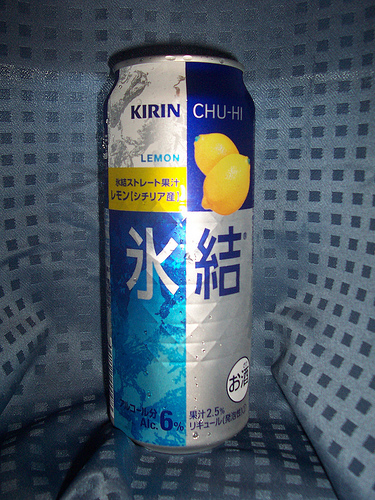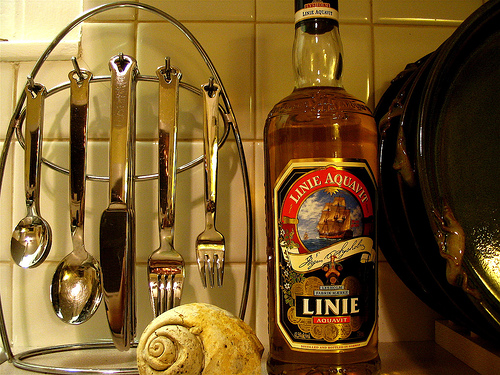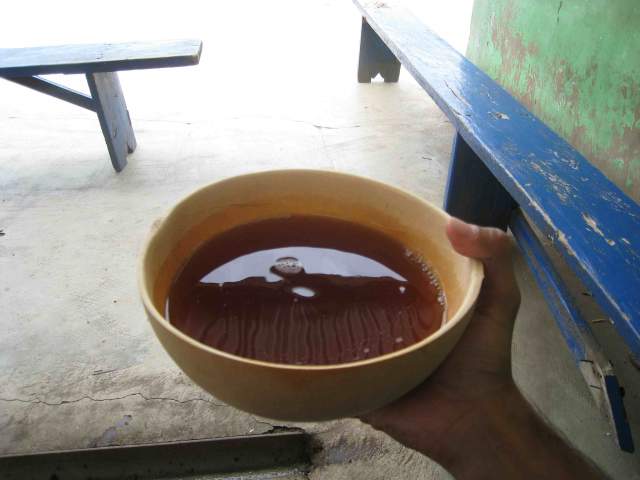(and what I learned from it!)
Something I enjoy doing when I take a trip is to try the local spirits. This is a risky thing for me because of a number of factors, including:

1. I have had bad experiences doing this and it makes me sick because I overdo it.
2. If I love it, I will be miserable not being able to get it back home.
You might be thinking these are ridiculous reasons not to try something new, but to that I will tell you to chill out – I always end up trying it. Why not just not overdo it and avoid the first problem? Clearly you aren’t aware that the best way to do anything in life is to do it til you vomit. It’s okay if you feel foolish – I still love you.
Anyways like I was saying, I enjoy sampling the local flavour whenever I get a chance because on top of it being fun to try new things, it’s a great way to socialize with the locals and understand a part of their culture. You can learn a lot from a culture based on their poison of choice. In the instances where alcohol is outright outlawed, it doesn’t mean the people suck or that nobody drinks, it just means the governments are a bit uptight. Loosen up dudes!
Here are three of the less common alcohol varieties from different places in the world ranging from the relatively common to the ‘bet you’ve never even heard of that’ type. If you are lucky enough to be in the drink’s homeland, be sure to sample it.

Shochu (Japan)
While not as potent as other local spirits, Shochu is often 25% alcohol and more often than not is distilled from barley or rice. It mixes incredibly well with juice or pop and goes well with almost any meal, making it an ideal drink to have on hand for any occasion. It is not so easy to find outside of Japan, but you would be hard pressed to find a beverage with greater exposure inside of Japan, as it finds its way into canned fruit drinks called ‘Chu-Hi’. Take it from Chewy – this shit is amazing.
Lesson: The Japanese like to drink but not to excess, partially because that’s frowned upon and partially because they can’t handle their liquor.

Aquavit (Scandinavia)
Also spelled Akvavit, this traditional flavoured beverage is made from either grain or potatoes with the spices being added afterwards. The herbs/spices that give it the distinct flavour and smell can range from caraway and dill in traditional varieties to fruit oil or even amber. A drinking tradition I enjoy is one that sees Aquavit being drank with a beer chaser – well done.
Lesson: Different spices for different tastes shows a value on diversity.
Pito (West Africa)

This relatively obscure beer is made from fermented sorghum or millet and is made almost exclusively at home. While it can be served warm or cold, you are unlikely to ever have this outside of where it is brewed because it is never bottled or canned. It instead serves as an extra income source for households that need supplementation.
Lesson: Even the poorest places see the value in sharing spirits as a community, taking what they have and making the best of it.




Hmm, the pito sounds interesting. I like that they drink it out of bowls. It reminds me of a Korean drink, makkoli, that is also drank out of little bowls – though I’m sure it tastes completely different.
It’s always cool to see these kinds of drinks… growing up you can think you’re the only one who has it, but then you realize everyone has a secret recipe lol